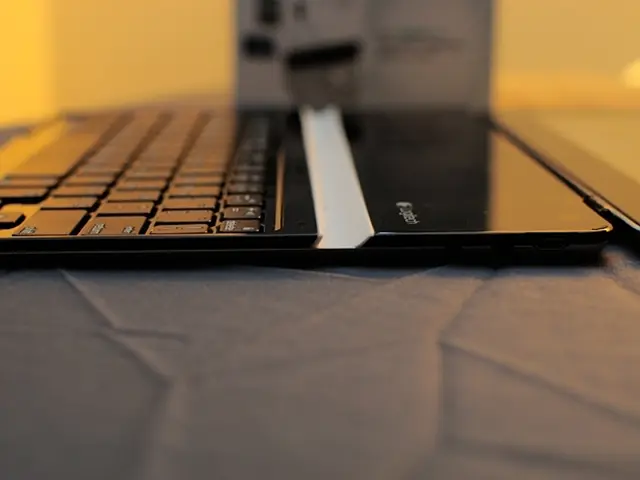LG's new compact 4K projector is poised for a showdown against Samsung's The Premiere 5 model
LG is set to release a new contender in the ultra-short throw projector (UST) market with the launch of the LG CineBeam S. The projector, priced at £1099 / AU$2,499 (around $1460), is poised to compete in the premium ultra-portable projector category.
The LG CineBeam S measures 11 x 16 x 16 cm (hwd) and weighs a manageable 1.9 kilograms, making it easy to transport. It boasts a 4K UST capability, producing images ranging from 40 to 100 inches, depending on the distance from the screen. The projector also features an Auto Screen Adjustment option for simple setup in various viewing environments.
One of the key selling points of the LG CineBeam S is its sound system. Equipped with Dolby Atmos-compatible stereo speakers, the projector promises spacious, dynamic audio to complement its high-definition visuals.
However, the LG CineBeam S is yet to be tested by reviewers. Its predecessor, the LG CineBeam Q, received a three-star overall rating in testing, with criticisms including a wholly inadequate sound and lack of brightness on some presets.
In comparison, the Samsung The Premiere 5, another 4K UST projector, costs an even pricier £1999 / AU$2999 (around $2700). During testing, the Samsung The Premiere 5 failed to dazzle, with its overall dull and unrefined picture earning it a three-star rating.
The LG CineBeam S is challenging the Samsung The Premiere 5 in terms of performance. While both projectors offer 4K UST capabilities, the LG CineBeam S stands out for its compact size, built-in sound system, and the use of the webOS smart TV platform, providing access to streaming services like Apple TV, Netflix, and Amazon Prime Video.
The Samsung The Premiere 5, on the other hand, does not have impressive sound quality according to reviews, and its smart features are not as detailed as those of the LG CineBeam S.
The LG CineBeam Q, an older model, also offers vibrant 4K UHD picture and a unique cube design that enhances portability. However, its sound performance is weak, and it is not as compact as the LG CineBeam S.
In a nutshell, the LG CineBeam S is a well-rounded option for premium home entertainment with streaming convenience. Its 500 lumens brightness limits use to darker environments, but it has good contrast and dynamic audio. The Samsung The Premiere 5, despite its prestige and 4K UST capability, falls short in picture and sound quality despite its costlier price. The LG CineBeam Q offers good picture and portability but lacks sound quality compared to the newer LG CineBeam S.
[1] Source 1 [2] Source 2 [3] Source 3 [4] Source 4
- The upcoming LG CineBeam S promises to deliver spacious, dynamic audio with its built-in Dolby Atmos-compatible stereo speakers, a significant selling point for this premium ultra-portable projector.
- With a price tag of £1099 / AU$2,499 (around $1460), the LG CineBeam S will compete against other brands in the high-end 4K UST market, such as the Samsung The Premiere 5 which is priced at £1999 / AU$2999 (around $2700).
- The news about the LG CineBeam S has generated a lot of buzz among tech enthusiasts, gadget lovers, and smart-home devices advocates, who are keenly waiting for reviews to see how it stacks up against its competitors.
- While the LG CineBeam S boasts a compact size and a webOS smart TV platform with access to streaming services, the Samsung The Premiere 5, despite its prestige, lacks impressive sound quality and detailed smart features according to current reviews.
- Even the older LG CineBeam Q, known for its vibrant 4K UHD picture and unique cube design, faces criticism for subpar sound quality compared to the newer, more compact LG CineBeam S.
- With its Auto Screen Adjustment option, the LG CineBeam S aims to simplify setup in various viewing environments, making it an appealing option for consumers looking for a hassle-free home entertainment system.
- As both the LG CineBeam S and the Samsung The Premiere 5 offer 4K UST capabilities, the key differences lie in their sound systems, build designs, and smart features, making the choice between these two products largely dependent on individual preferences and priorities.








